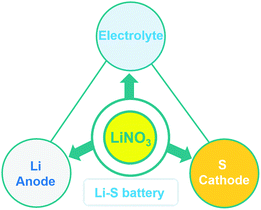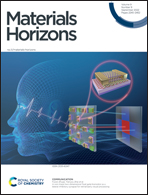Deciphering the role of LiNO3 additives in Li–S batteries
Abstract
The ultrahigh theoretical energy density of lithium–sulfur (Li–S) batteries has attracted intensive research interest. However, most of the long-term cycling performance parameters are strongly dependent on the utilization of the electrolyte, which is considered as an indispensable component in Li–S batteries. Over the past few decades, numerous research studies around LiNO3 as an electrolyte additive have been carried out and have been confirmed to significantly upgrade the electrochemical performance of Li–S batteries, but the mechanism of performance improvement is still not well-understood. In this minireview, we revisit the controversial issues surrounding LiNO3 based on recent representative studies, provide a comprehensive understanding of the role of LiNO3 in the Li–S battery system, and specifically discuss what the panoramic view of the solid electrolyte interface film formed by LiNO3 on the surface of Li metal anodes looks like. Finally, we present general conclusions and unique insights into the future development of Li–S batteries. This minireview aims to provide a tutorial reference for researchers who are ready to enter or are active in the field of Li–S batteries.



 Please wait while we load your content...
Please wait while we load your content...